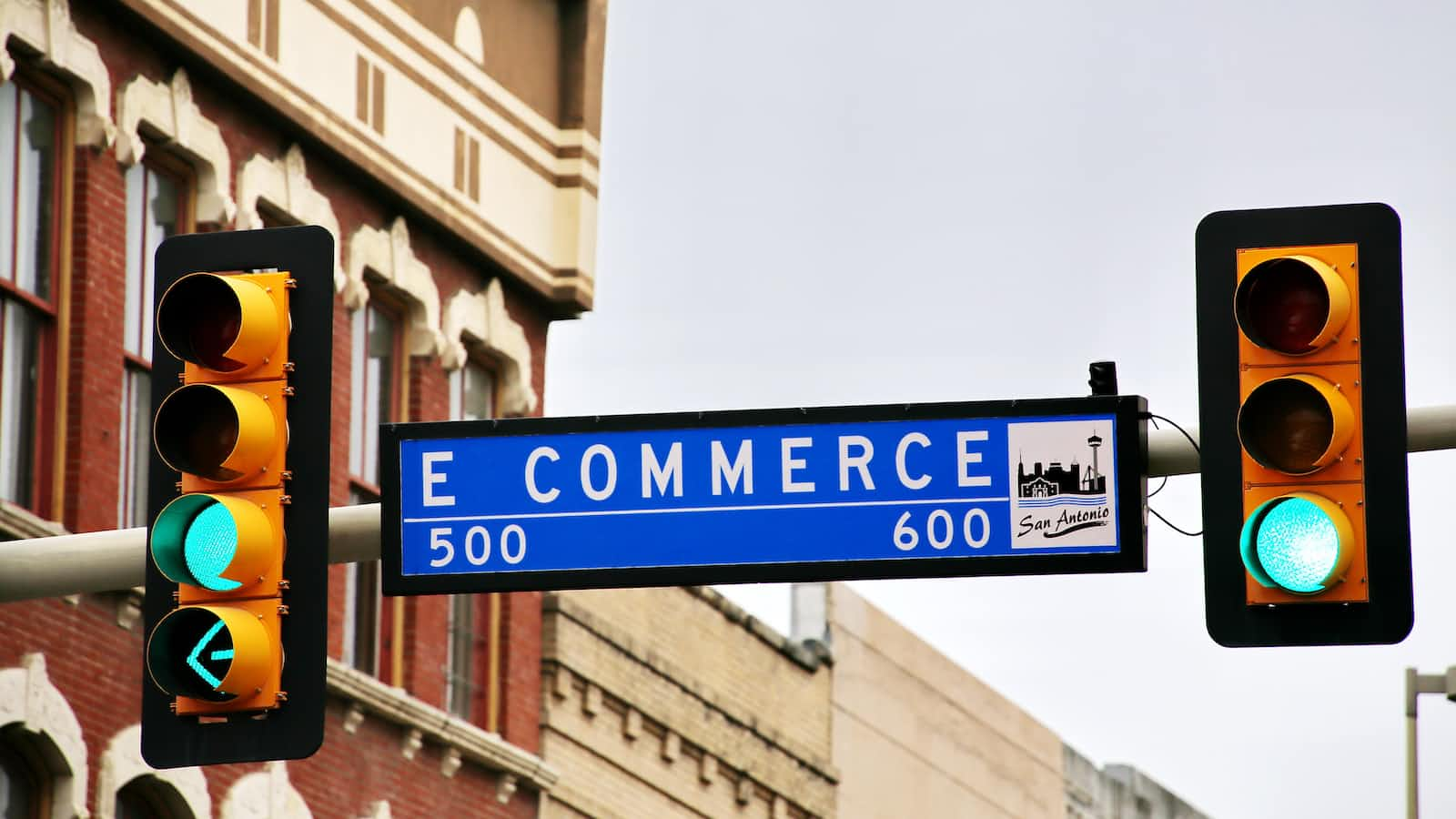ONDC: a closer look
 Utkarsh Bindal
Utkarsh Bindal
What is it?
ONDC stands for Open Network for Digital Commerce. It is a government-led creation aimed at increasing e‑retail penetration in India.
Why is this needed?
In India, more than 12 million sellers earn their livelihood by selling or reselling products and services. However, only 15,000 of these sellers (0.125% of the total) have enabled e-commerce. E‑retail has been out of reach for the majority of sellers, especially from small towns and rural areas.
Moreover, E-retail is growing rapidly in India and the e-retail market is expected to grow from $40 billion in 2021 to $150–$170 billion by 2027. This represents a CAGR of 25%–30% over the next five years.
Several factors are driving the growth of e-retail in India. These include:
The increasing penetration of the Internet and smartphones
The growing middle class with rising disposable incomes
The increasing preference for online shopping among Indian consumers
The growing availability of online payment options
The government's support for the growth of e-commerce
Due to this, sellers who are not selling online in India will have a significant disadvantage compared to the ones selling online as more and more people will shift to buying products online over the next decade. This could potentially result in a situation where only a handful of sellers fulfill most of the orders.
What is the problem?
E‑retail has been out of reach for the majority of sellers, especially from small towns and rural areas.
There are several reasons for this:
Lack of access to the internet and smartphones. In India, there is still a significant digital divide between urban and rural areas. Many people in rural areas do not have access to the internet or smartphones, which are essential for selling products online.
Lack of knowledge about e-commerce. Many sellers in small towns and rural areas do not have the knowledge or skills necessary to sell products online. They may not be familiar with the different e-commerce platforms or how to use them effectively.
Lack of financial resources. Selling products online can be expensive, especially for sellers who are just starting. They may need to invest in a website, marketing materials, and shipping costs.
Lack of trust in online payments. Some people in rural areas are still hesitant to use online payments. They may be concerned about the security of their personal information or the risk of fraud.
How will this help?
Through ONDC, the government wants to decouple the various functions involved in the e-retail supply chain.
This would address a lot of the pain points listed above for sellers since they would not have to worry about the entire supply chain but rather just focus on creating their product.
Also, this would make it harder for companies to create monopolies in this space.
For example, currently, companies like Swiggy and Zomato dominate the online food delivery business since they have a lot of sellers onboarded on their platforms and have created the end-to-end application required for the supply chain.
But post-ONDC, a company could just create a front-end layer and just tap into the network for the rest of the supply chain, making it much easier for new entrants. This would make it harder for Swiggy and Zomato to charge high fees to their sellers since the sellers would be able to flock to other companies providing the same service.
Implementation
ONDC identifies 4 types of players -
Buyer Network Participant
Buyer apps connect buyers to the ONDC network and handle buyer-facing tasks like customer support, ensuring a smooth shopping experience, and providing a single checkout experience across categories.
Seller Network Participant
Seller Network Participants (SNPs) connect sellers to the ONDC network and help them sell their products online. They also help sellers digitize their catalogs, process payments, and train sellers on best practices in e-commerce.
Technology Service Provider
TSPs, or Technology Service Providers, are companies that provide software and other technology services to businesses. In the context of ONDC, TSPs play a crucial role in enabling businesses of all sizes to participate in e-commerce.
Gateway
Gateways are essentially like the phone books for the ONDC network. They help buyers find sellers, and vice versa. This makes it easier for buyers to find the products and services they are looking for, and for sellers to reach a wider audience.
In an unbundled network, there needs to be a seamless interaction between all participants to facilitate end-to-end e-commerce transactions.
If successful, we will see different companies fulfilling different roles in this ecosystem and ultimately the e‑retail penetration in India will greatly increase.
The value proposition to buyers and sellers
Buyers: This is expected to lead to lower prices (due to increased competition), and a wider range of products and services (due to increased number of sellers).
Sellers: It will make it much easier for sellers to sell their products digitally (due to the decoupled open network) which will in turn increase their reach.
Subscribe to my newsletter
Read articles from Utkarsh Bindal directly inside your inbox. Subscribe to the newsletter, and don't miss out.
Written by
